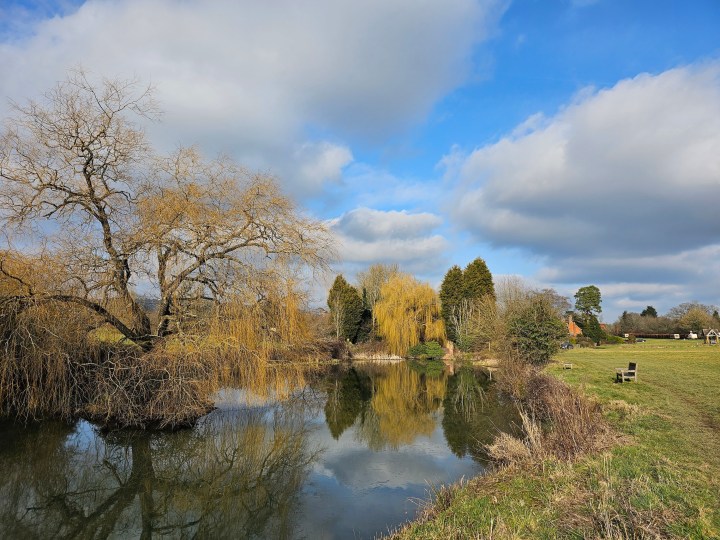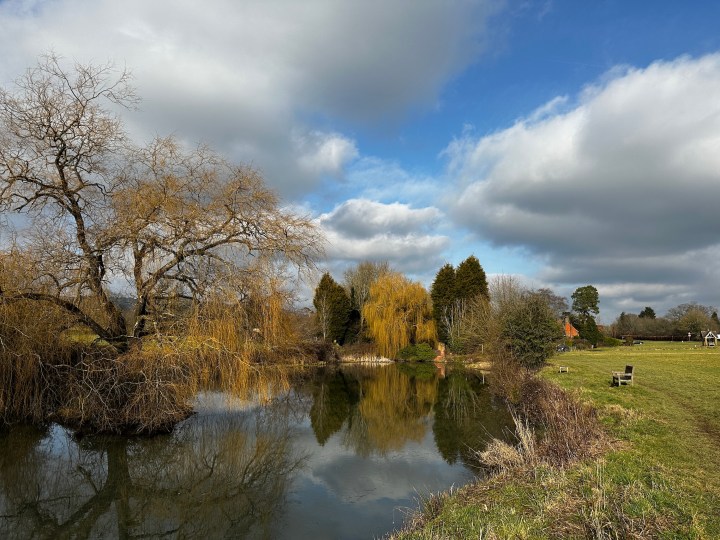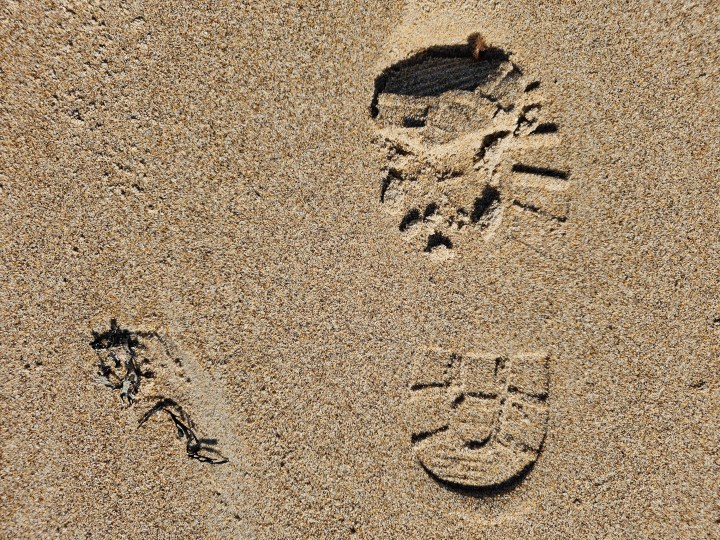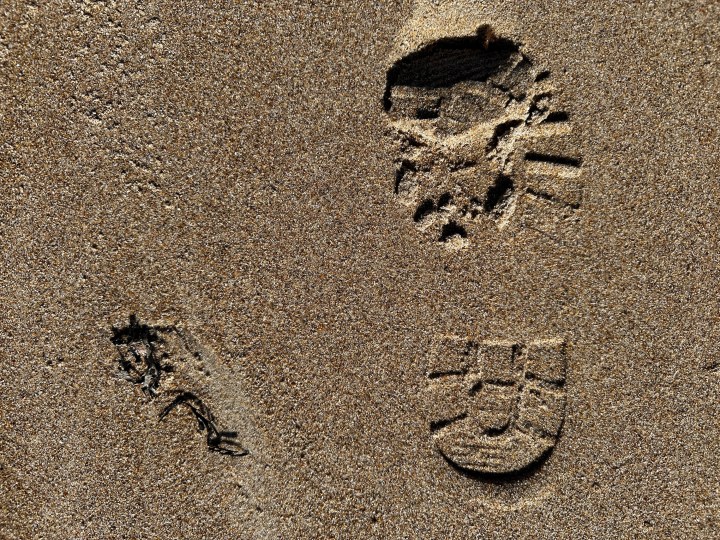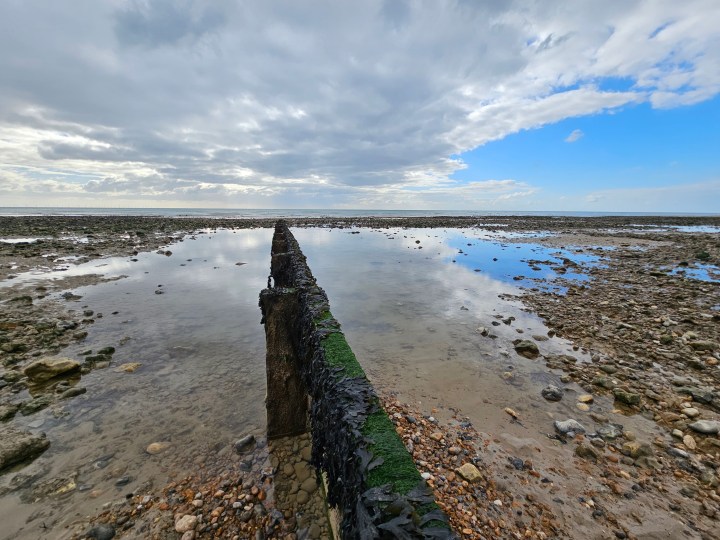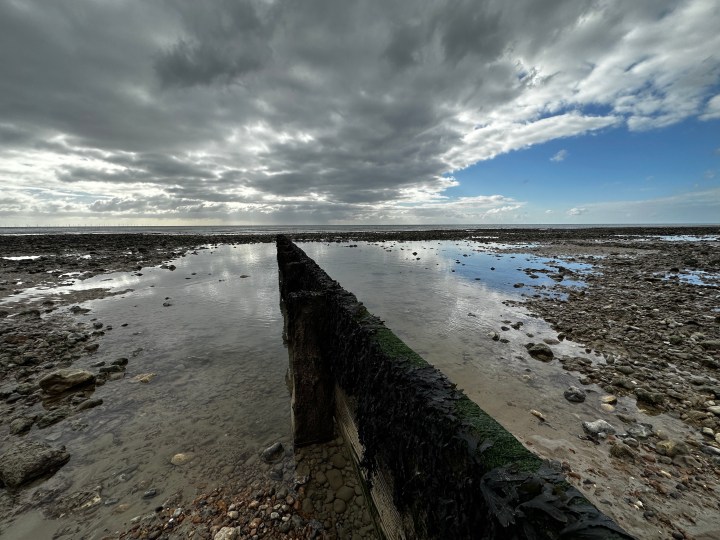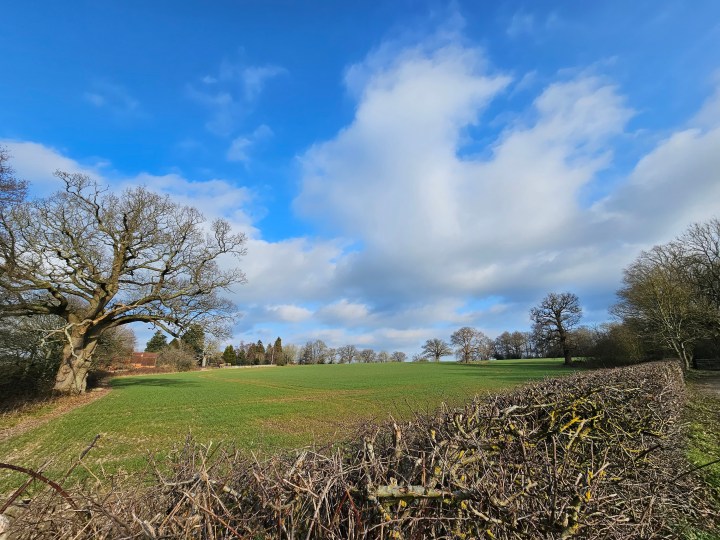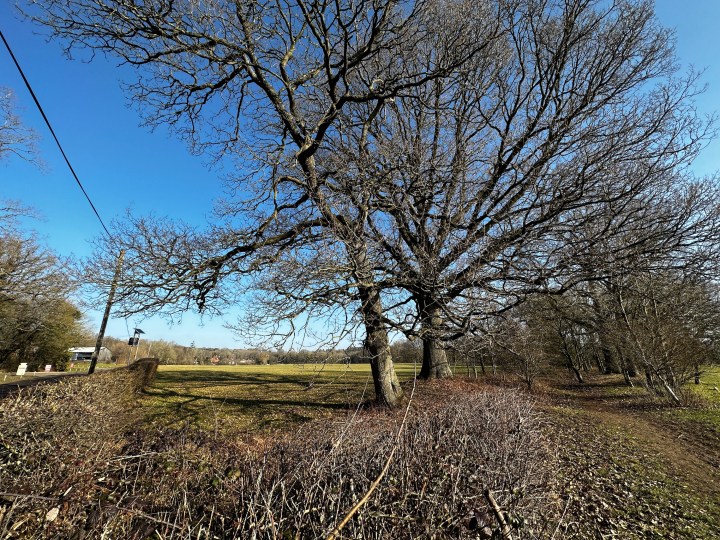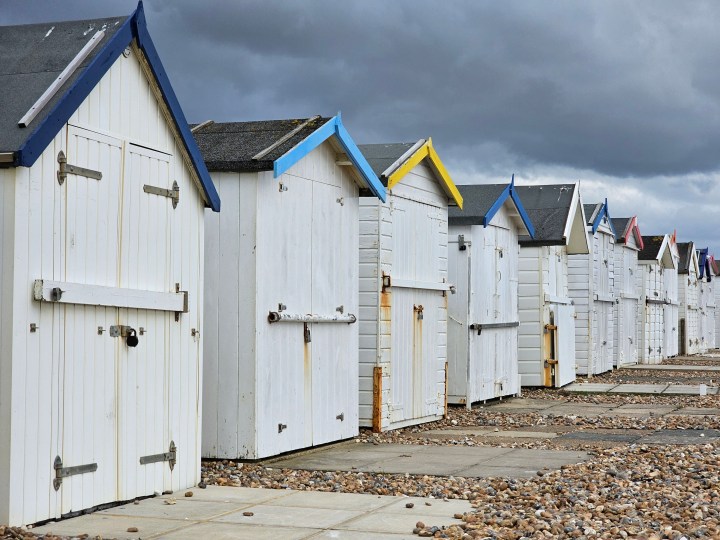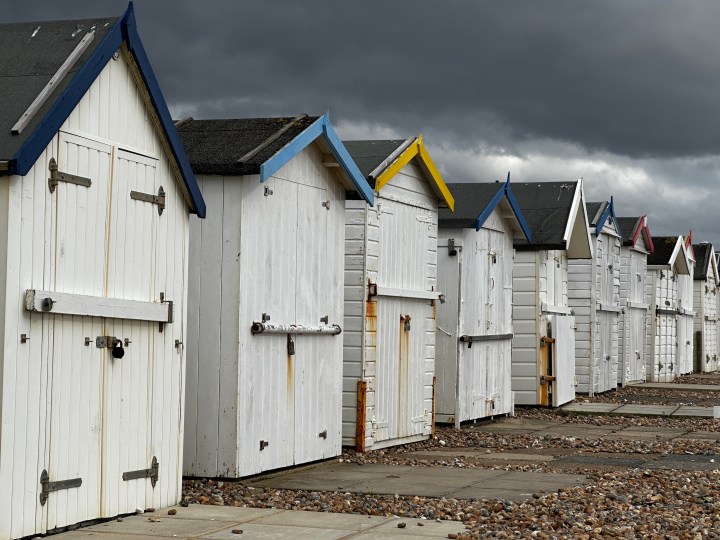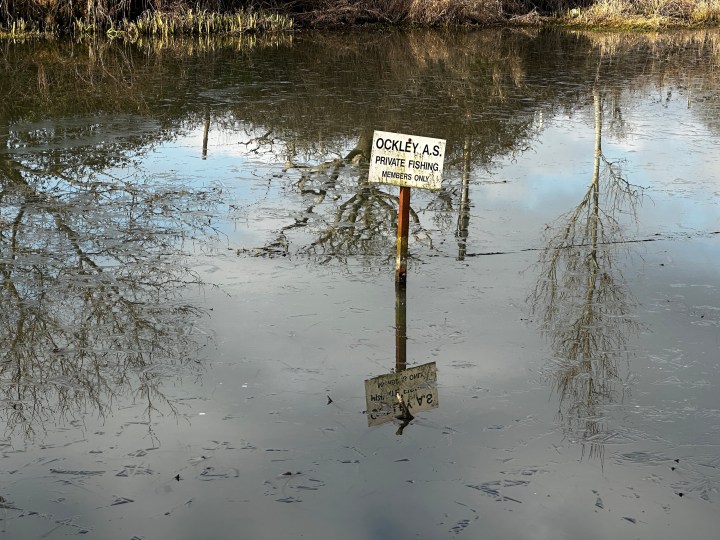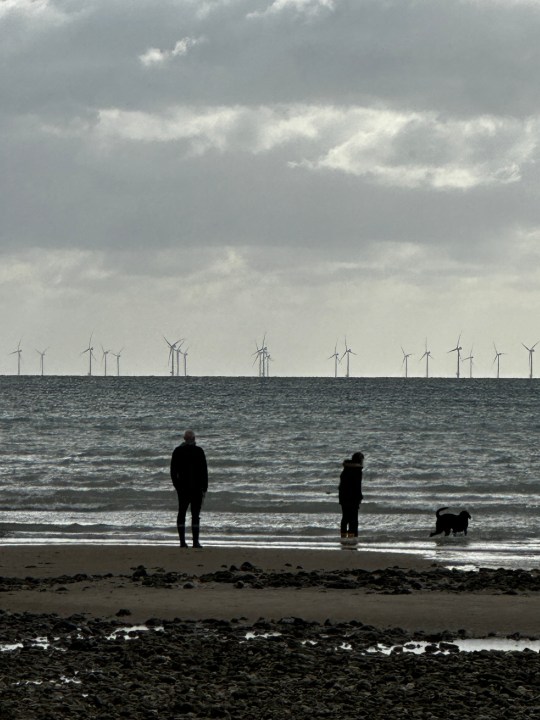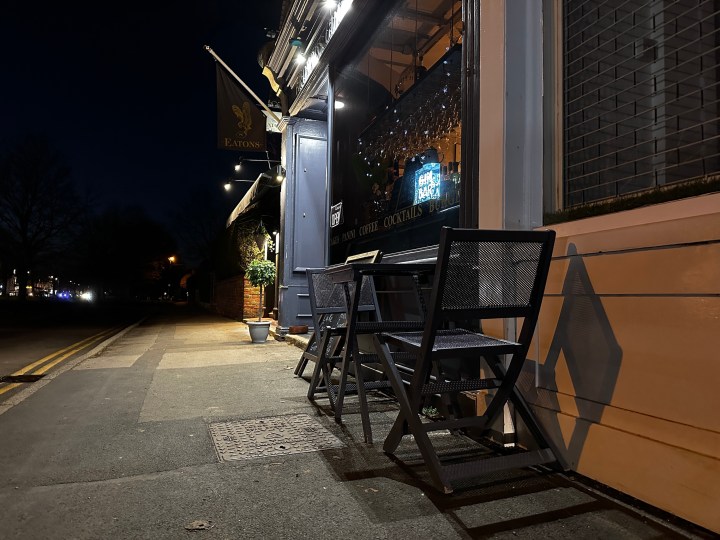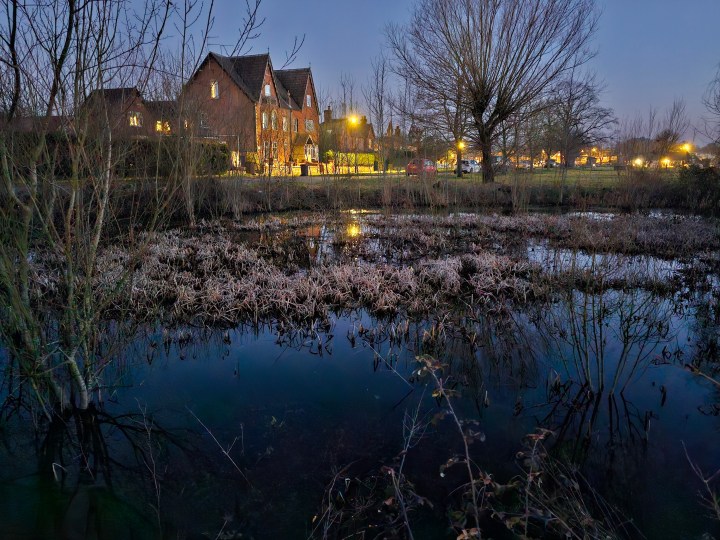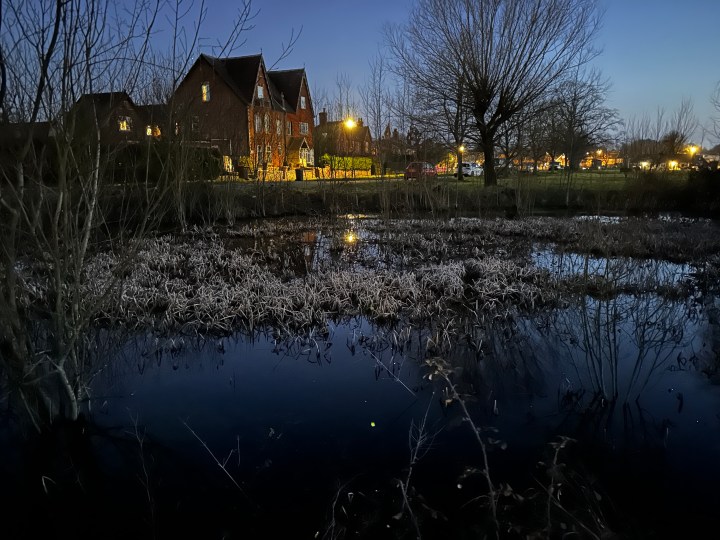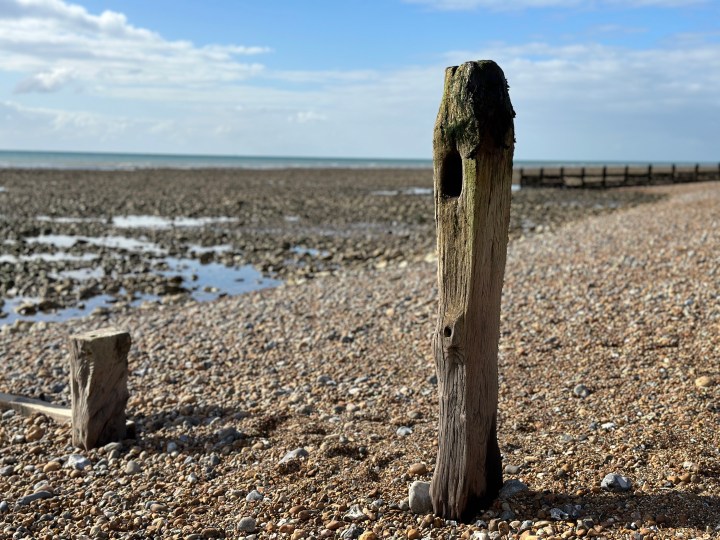What happens when you put two of the very best cameras on two of the very best smartphones up against each other? We’re talking about the Samsung Galaxy S23 Ultra and the Apple iPhone 14 Pro, a pair of devices that go head-to-head in almost all categories, with a strong and dedicated fanbase behind each one.
Over the course of several weeks, I found out which phone has the better camera, and the result is extremely interesting.
Galaxy S23 Ultra vs. iPhone 14 Pro: camera specs
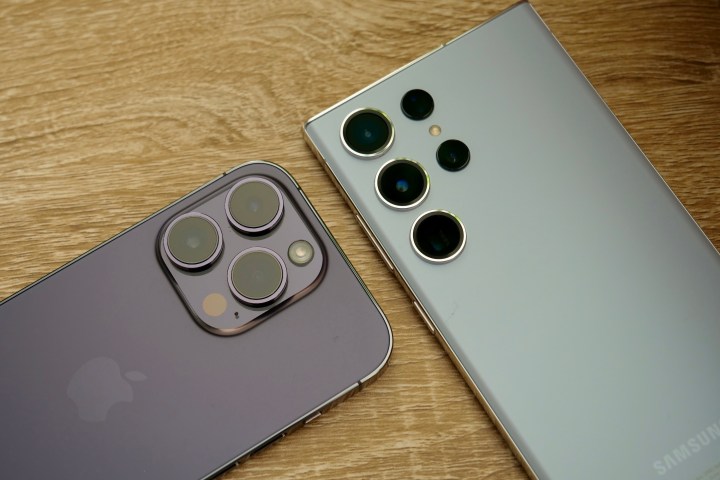
The camera and phone specifications are very different, so it’s important to understand them before looking at the photos. The Galaxy S23 Ultra is the first Samsung phone to feature the company’s own 200-megapixel main camera, and it’s joined by a 12MP wide-angle camera and a pair of 10MP telephoto cameras. This allows for two optical zoom features, one at 3x and the other at 10x. It can also digitally zoom up to 100x.
On the front is a 12MP selfie camera, and other features include Optical Image Stabilization (OIS) and laser autofocus. The phone uses the Qualcomm Snapdragon 8 Gen 2 For Galaxy chip, which has had the ISP tuned specifically for use inside the phone. On the iPhone 14 Pro, you get a 48MP main camera, a 12MP wide-angle camera, and a 12MP telephoto camera for a 2x and 3x optical zoom. On the front is a 12MP selfie camera, and the phone also has optical image stabilization and a host of computational photography features enabled in part by Apple’s A16 Bionic processor and its Neural Engine.
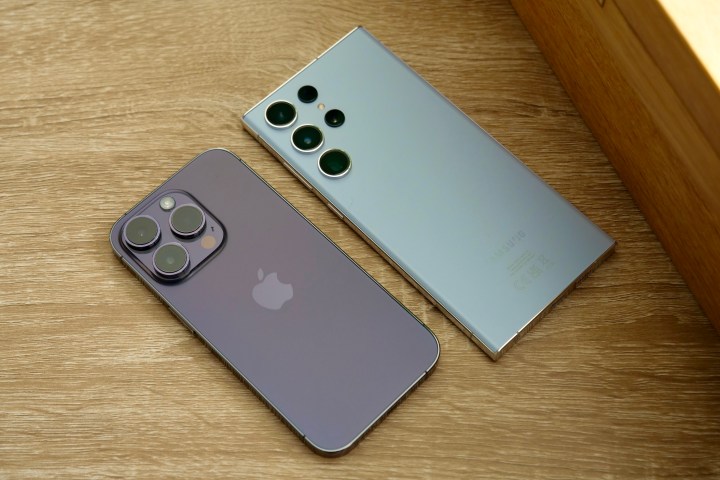
All the photos below were taken in automatic mode, and have not been edited. Each photo has been assessed on a color-calibrated monitor, and then resized before publication for friendlier online viewing. We have not gone into video performance here, but there are several comparisons between the two phones in our separate story on the Galaxy S23 Ultra’s video camera.
If you want a closer look at everything different between the two phones — not just camera performance — see our Galaxy S23 Ultra vs. iPhone 14 Pro Max comparison.
Galaxy S23 Ultra vs. iPhone 14 Pro: main camera
- 1. Samsung Galaxy S23 Ultra
- 2. Apple iPhone 14 Pro
Although the Galaxy S23 Ultra’s main camera can shoot at 200MP, it’s a separate, manual option. Under normal circumstances, the photos are taken at 12MP, which is the same as the iPhone 14 Pro. Pixel counts are basically the same, too, with the iPhone saving photos at 4032 x 3024, and the Galaxy at 4000 x 3000.
There are considerable differences between the photos, and a lot of it comes down to how each camera treats contrast, color, and exposure. It means some situations favor one phone over the other, but not in others. Let’s start with the R from a Ford logo on a rusty van. The texture and detail are better represented by the iPhone, but the color is more accurate in the Galaxy’s photo. However, this doesn’t make it the better image, and the iPhone’s photo is so much more emotional.
- 1. Samsung Galaxy S23 Ultra
- 2. Apple iPhone 14 Pro
The iPhone’s stronger contrast adds a natural look to the photo of the pond and trees too. The water has a deeper reflection, while the grass and clouds have a denser, less bright look. The Galaxy S23 Ultra’s treatment means it reveals more detail, though, with fuller trees and more texture on the trunks and the bench.
- 1. Samsung Galaxy S23 Ultra
- 2. Apple iPhone 14 Pro
In the photo of the coffee, muffin, and toast, the iPhone 14 Pro nails the focus and the colors too. The S23 Ultra oversaturated the image, and when you look closely, the detail is lost through what appears to be too much brightness or aggressive image enhancement. The iPhone also added a lovely depth of field that’s missing from the S23 Ultra’s photo.
- 1. Samsung Galaxy S23 Ultra
- 2. Apple iPhone 14 Pro
It doesn’t always quite work in the iPhone’s favor, and the heavier contrast and exposure can hurt its photos. Looking at the photo of the footprint in the sand, the brightness of the Galaxy S23 Ultra’s photo gives it a slightly more accurate tone, and the less aggressive shadows give it a natural depth compared to the heavy-handed iPhone. However, the iPhone’s photo is more defined when it comes to the grains of sand, and it looks more detailed.
- 1. Samsung Galaxy S23 Ultra
- 2. Apple iPhone 14 Pro
The shot of the water and log at the beach shows where the S23 Ultra’s brighter, less contrasty treatment can result in a more detailed, more attractive, and more shareable image. Everything from the clarity of the water to the color of the clouds is more natural. However, more times than not, the iPhone 14 Pro handled the environment better than the Galaxy S23 Ultra, and it’s going to take the win in our first battle — but it’s a really close thing.
Winner: Apple iPhone 14 Pro
Galaxy S23 Ultra vs. iPhone 14 Pro: wide-angle camera
- 1. Samsung Galaxy S23 Ultra
- 2. Apple iPhone 14 Pro
The first wide-angle photo shows how much better the Galaxy S23 Ultra deals with challenging light. This photo was taken in the direction of the sun (but not directly at it), and the S23 Ultra balances the scene exceptionally well. The iPhone 14 Pro darkens the clouds and hides color and detail in the shadow, but it does contain plenty of sharp detail when you look closely.
- 1. Samsung Galaxy S23 Ultra
- 2. Apple iPhone 14 Pro
However, the S23 Ultra’s photo is the one almost everyone would share, and was also far closer to the scene I saw with my own eyes. In better lighting, the usual iPhone and Galaxy differences show up, with the S23 Ultra adding plenty of saturation to the grass and blue sky in the next photo, while the iPhone carefully maintains a more natural look. Again, many will appreciate the S23 Ultra’s treatment of the scene.
- 1. Samsung Galaxy S23 Ultra
- 2. Apple iPhone 14 Pro
The Galaxy S23 Ultra’s brightness can harm the photo, though, and in the image of the tree, the difference between light and shaded areas on the branches and trunk is too jarring and looks unrealistic. The iPhone 14 Pro’s tone better captures the wintery weather but loses out to the Galaxy S23 Ultra’s greater sharpness and less noisy sky.
The Galaxy S23 Ultra takes more detailed, better balanced, and highly shareable wide-angle photos, whereas the iPhone stumbles in its quest to maintain a natural look.
Winner: Samsung Galaxy S23 Ultra
Galaxy S23 Ultra vs. iPhone 14 Pro: telephoto camera
- 1. Samsung Galaxy S23 Ultra
- 2. Apple iPhone 14 Pro
This is another section that’s very hard to judge. Both shoot 3x optical zoom photos, so that’s what we will concentrate on. The photo of the beach huts shows the same contrast and exposure situation seen in the main camera section. Look at how the weathering on the white paint in the iPhone’s photo adds character that’s missing from the Galaxy’s photo, which admittedly has great white balance. The iPhone’s sky is far moodier and less noisy than the Galaxy S23 Ultra’s photo too.
- 1. Samsung Galaxy S23 Ultra
- 2. Apple iPhone 14 Pro
But it doesn’t always work in the iPhone’s favor, as the second photo shows. The contrast and exposure make the iPhone 14 Pro’s photo look lower quality, and the water doesn’t reflect the patches of blue sky that were there in real life. I prefer the way the ice is visible in the Galaxy S23 Ultra’s photo and its degree of additional sharpness. In the various photos I took, these same differences came up repeatedly.
- 1. Apple iPhone 14 Pro
- 2. Apple iPhone 14 Pro
The third photo shows that sometimes these differences don’t make any difference, as both telephoto cameras can take lovely photos, which have a tone that’s unique to the phone. The reflection in the water looks great, the trees and sky are filled with color and texture, and both images have real emotion.
- 1. Samsung Galaxy S23 Ultra
- 2. Apple iPhone 14 Pro
However, it can’t be ignored that the Galaxy S23 Ultra can take 10x optical zoom photos, but the iPhone 14 Pro can only do this digitally. It’s unfair to directly compare the two, as — obviously — the S23 Ultra will take better photos, but below is an example of the difference. Even in difficult lighting, the S23 Ultra’s photo is filled with detail and clarity, while the iPhone 14 Pro’s photo is noisy, dark, and undefined.
The Galaxy S23 Ultra’s 10x zoom mode is a real reason to choose it over any other current smartphone if the camera is important to you, and it makes up for the times when the 3x zoom mode is beaten by the iPhone 14 Pro.
Winner: Samsung Galaxy S23 Ultra
Galaxy S23 Ultra vs. iPhone 14 Pro: night mode
- 1. Samsung Galaxy S23 Ultra
- 2. Apple iPhone 14 Pro
There are clear differences between the two cameras in this section, and many are best demonstrated by the first photo of the seats outside a bar and cafe. The Galaxy S23 Ultra brightens the scene to the point where the trees in the distance are visible, the flag is clear and easily read, and the lights from inside the bar are golden and warm.
The iPhone 14 Pro keeps the background shrouded in darkness, the lights in the bar are dim, and the flag is melting away into the night. It creates an entirely different scene from the Galaxy S23 Ultra — one that has more emotion and is more representative of what I saw with my own eyes. There’s a little more noise and a little less detail than the S23 Ultra’s photo, though.
- 1. Samsung Galaxy S23 Ultra
- 2. Apple iPhone 14 Pro
In the second photo, the Galaxy S23 Ultra’s eagerness to make the most of the available light pays off, as it takes a wonderful photo of a scene that was absolutely not visible to the naked eye. I could barely see the pond at all when I took the photo. The houses in the background are sharp and detailed, which is impressive given the amount of light in the photo. The iPhone 14 Pro’s photo is noisier and less detailed, and while it’s more realistic, the result isn’t a photo that makes you say wow; the S23 Ultra’s photo is.
The Galaxy S23 Ultra takes technically superior lowlight photos, while the iPhone 14 Pro’s images are more realistic. The S23 Ultra doesn’t succeed every time, and the iPhone tends to be more consistent. However, when the Samsung phone succeeds, it does so with a great image — and for that and its impressive technical ability, it’ll take the win. For realism, the iPhone 14 Pro can’t be bettered, but that’s not always what people want to see.
Winner: Samsung Galaxy S23 Ultra
Galaxy S23 Ultra vs. iPhone 14 Pro: portrait mode
- 1. Samsung Galaxy S23 Ultra
- 2. Apple iPhone 14 Pro
There’s very little to choose between the two phones using portrait mode on the rear. The same differences in color, contrast, and exposure still exist, but here we’re interested in edge recognition, how effective the depth of field effect is, and whether the image looks natural or not.
First, looking at the post on the beach, neither camera perfectly isolates the right-hand side, but it’s a very good attempt by both. The seaweed on the top is isolated very well, and the background blur is strong and effective. Digital artifacts are slightly more obvious in the iPhone 14 Pro’s photo, but it has a clearer focus than the S23 Ultra.
- 1. Samsung Galaxy S23 Ultra
- 2. Apple iPhone 14 Pro
The photo of the wing mirror shows that Samsung’s phone is a little better at reading the environment than the iPhone, with more of the secondary mirror in focus, but the iPhone better understands the window glass should be blurred out. The colors, detail, and blur are excellent in both, and both have strengths and weaknesses, making this a draw.
Winner: Draw
Galaxy S23 Ultra vs. iPhone 14 Pro: selfie camera
This is a surprisingly difficult category to judge. The iPhone 14 Pro takes great selfies, the portrait effect is accurate, the skin tone is realistic, plus there’s plenty of detail. But the Galaxy S23 Ultra’s selfie camera is far better at producing realistic, flattering colors — both for skin and clothing — and the background in portrait shots is usually more colorful too.
I like the performance of both, but personally prefer the brighter, more colorful, more exciting selfies taken by the Galaxy S23 Ultra. It’ll come down to personal preference which you prefer, but the Samsung phone’s photos tend to make me feel better about myself, especially with a few small edits to tone than the iPhone’s selfies.
Winner: Samsung Galaxy S23 Ultra
Samsung beats Apple in a big way
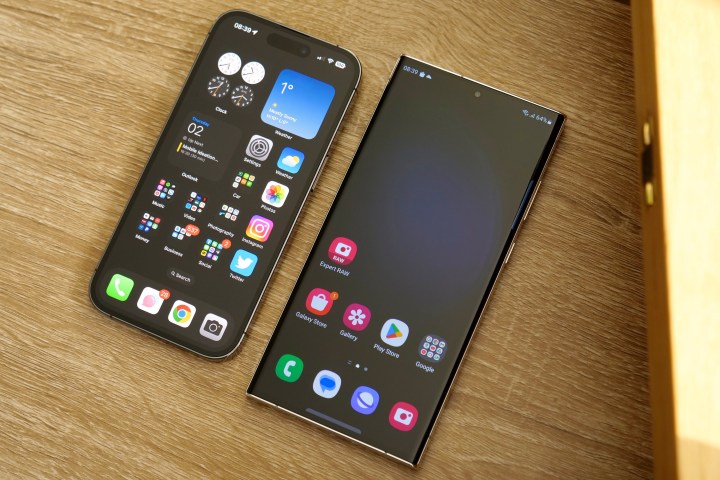
The iPhone 14 Pro won a single category while the Galaxy S23 Ultra won four, and the pair had a single draw. Although the iPhone took the all-important main camera category win, the Galaxy S23 Ultra beat it everywhere else — and that’s a very big deal.
Samsung has been refining the camera on its flagship S series phone for a while, and it has finally started to really pay off. It’s not perfect, but it’s a consistent performer with masses of technical ability. It’s also a formula that bests Google, with the Galaxy S23 Ultra camera beating the Pixel 7 Pro, too.
Apple’s camera hasn’t been that strong for a while. It’s reliable enough, but it hasn’t had a true all-around winner since the iPhone 12 Pro. There was a time, and not all that long ago, the result of this test wouldn’t have happened. The Galaxy S21 Ultra’s camera couldn’t quite beat the iPhone 13 Pro, and the Galaxy S22 Ultra’s camera essentially tied against the iPhone 14 Pro. The tide has definitely changed, and Samsung’s cameras are now really living up to the always impressive on-paper specification.


